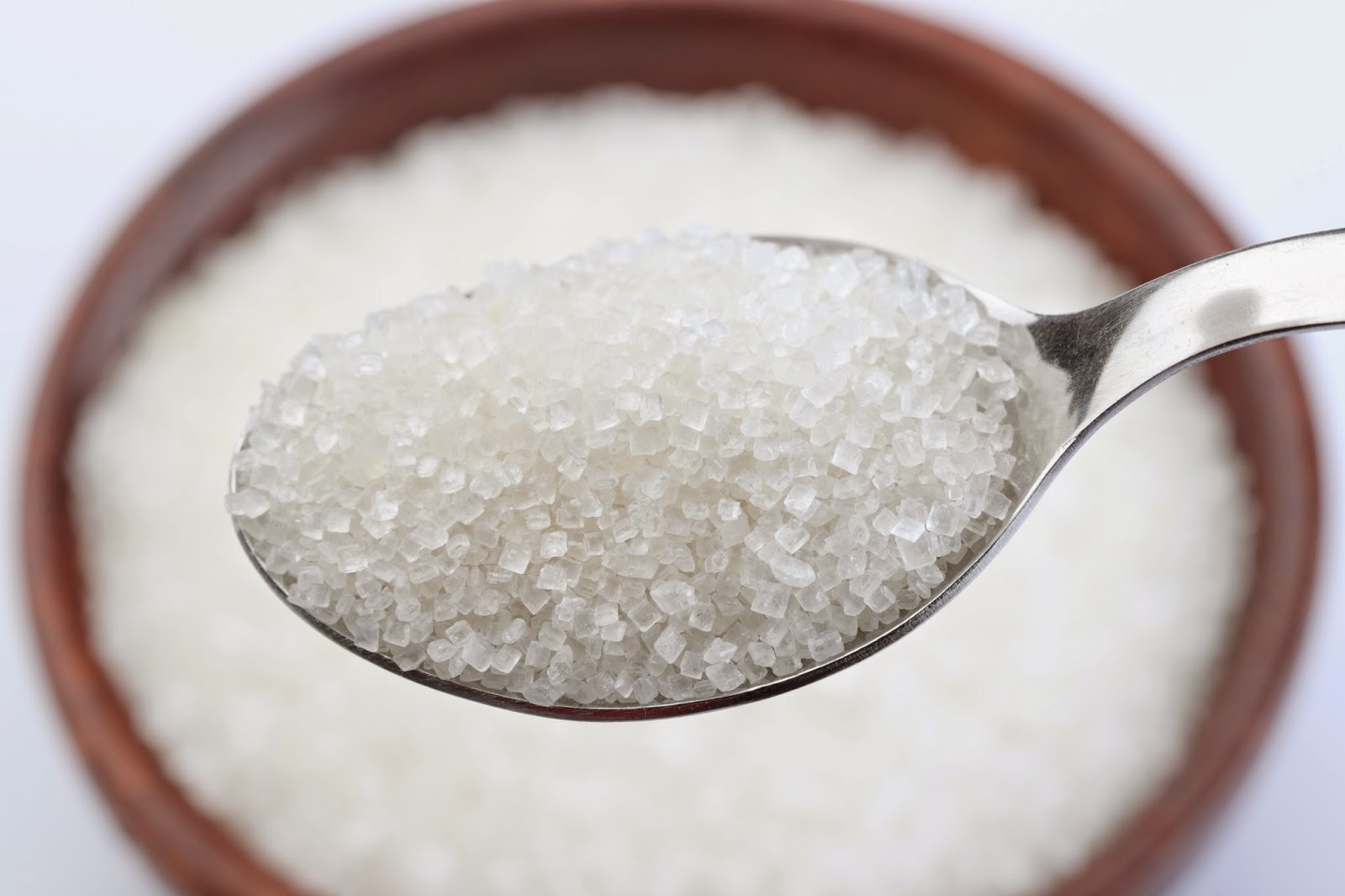Pulut
Kukus dalam Periuk Kera
(Pitcher
Plant Glutinous Rice)
Introduction:
Pitcher
Plant Glutinous Rice is a cuisine that prepared by Bidayuh. The Bidayuh is the
collective name for several indigenous groups found in southern Sarawak, on the
island of Borneo that is broadly similar in language and culture.
 |
| 1kg Glutinous Rice |
 |
| 2 L coconut milk |
 |
| Salt |
 |
| Sugar |
Directions :
1. Firstly, prepare
glutinous rice by measuring the uncooked rice in a pot or steamer. Secondly,
rinse the rice to take out nutrients as well as some of the starch components
of the grains. To wash, add water to the rice, rub the rice in your hands,
drain the milky water, add new water, and repeat the process until the water is
clear. After rinsing the rice, add warm water to the rice grains and leave it on the side to soak between 4 hours and overnight. The longer the rice is
soaked, the more the texture will be.
2. Meanwhile, collect wild
pitchers, Nepenthes Ampullaria are preferable which are very abundant in the jungle and select the
pitchers which are not too old or too young. After that, clean the inside of
the pitcher plants using a brush and rinse with clean water for several times
to remove all traces of the plant's digestive fluids and food wastes.
3. Leave dry the pitcher
plants in room temperature so that it is not easily torn and drain the
glutinous rice through a colander to get all of the water out.
4. Next, fill the pitchers
with prepared glutinous rice about half of the pitcher.
5. Then, mix freshly
prepared coconut milk with sugar and a pile of salt, stir until the mixture
dissolved. Fill in the mixture into the pitchers that are half filled with
glutinous rice.
6. Finally, arrange the pitchers closely in a
steamer as the pitchers are round and oval to ensure it does not split. Steam
the pitcher plant glutinous rice for an hour and it is ready to serve.
Online recipe 2 :
As
compare to the original recipe above, the cooking method of pitcher plant rice
is different. In recipe 1, the pitcher plant rice glutinous rice is being
steamed for 1 hour which using the indirect wet heat technique. In recipe 2,
pitcher plant is being pinned with a small piece
of wood, like a toothpick. The pitcher is then boiled together with water in a pot
for 30 to 40 minutes until the rice is cooked. Boiling is a direct wet heat
culinary technique and it can shorter the cooking period of pitcher plant.
Nowadays, people are busy with their job and spent most of the time in doing
the work. Hence, people will prefer to use boiling method to cook food to save their
time.
Online
recipe 3:
 |
| Diagram 1 |












